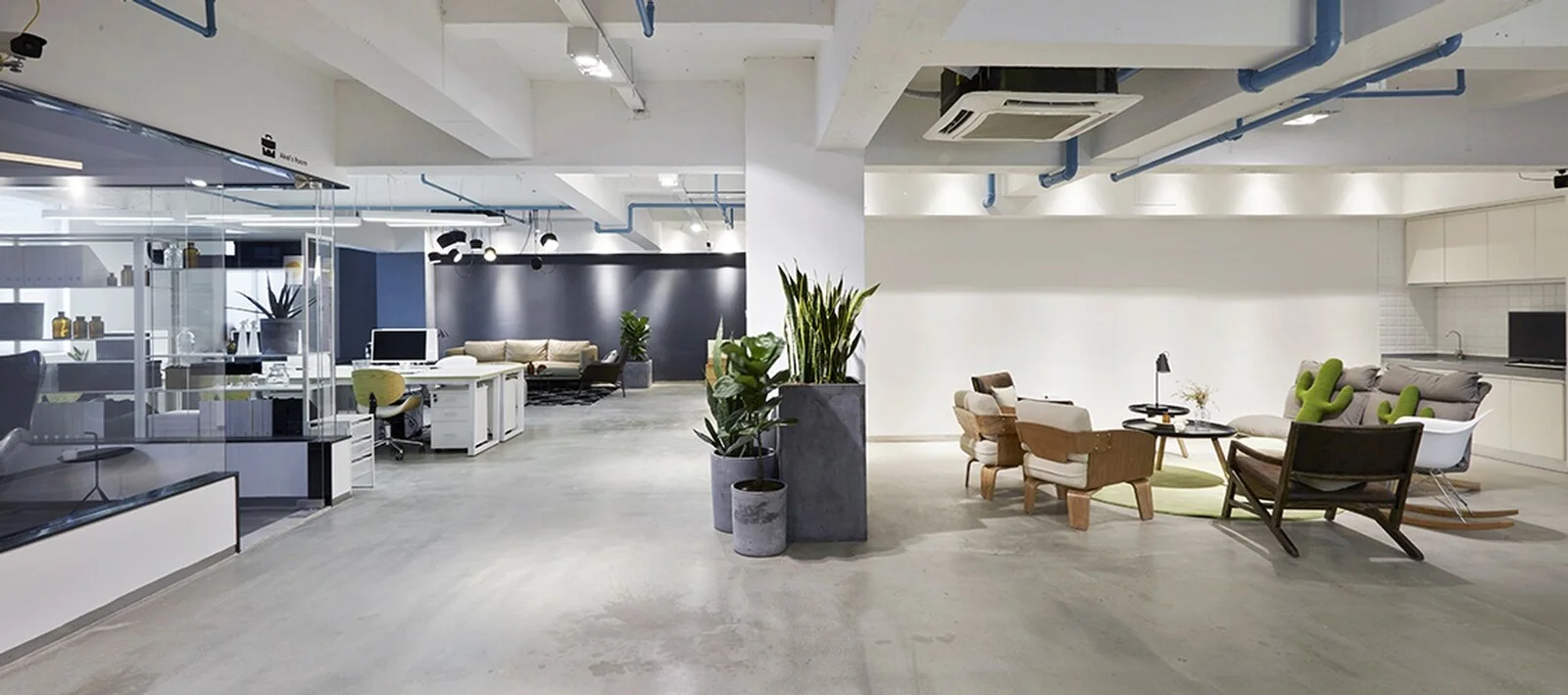Noisy co-workers cause distractions at work, but they’re more of a nuisance than an outright problem. While chatting about weekend plans can be bothersome, the real concern in open-concept offices, health-care facilities or similar environments is privacy.
Without solutions like sound masking to reduce intelligibility of speech, sensitive or confidential information can travel further than intended — sometimes twice or three times as far.
The unintended consequences of the wrong someone overhearing private information in an environment like this could cause serious issues for businesses or individuals, including legal violations, data breaches, and more. This could cost organizations potentially millions if data and information made it into the wrong hands.
For reasons like this, it’s why numerous types of industries integrate sound masking into their work environments. In this blog, we’ll share some of the benefits of sounds masking for organizations in health care and beyond.
What is Sound Masking?
Sound masking is ambient noise that plays in the background of health-care clinics, corporate offices, law firms, government buildings, and more. It’s often called white noise or pink noise.
What’s the difference? White noise lets off the same amount of sound at every frequency, whereas pink noise distributes sound per octave. Pink noise is usually better suited for environments in which people discuss private or confidential information.
Sound masking systems distribute noise at the same or similar frequency as human speech, making it ideal to help reduce intelligibility but also more comfortable to listen to as well.
Professional integrators work with organizations of all kinds to determine the best approach to sound masking — typically direct or indirect.
Direct sound masking provides a very even distribution of sound by pointing speakers directly into a space. Typically, ceiling speakers point into an open office environment, reception area or meeting room.
Indirect sound masking systems work in a similar way, but instead of the speakers pointing directly into a work area, they point upward to bounce the sound off the ceiling.
Determining which approach is right for your environment depends on many factors, including the physical office or work area, the number of people, and more.
Sound Masking Improves Listening and Productivity at Work
The leading reason so many organizations choose to integrate sound masking systems, or white noise, into their environments is because of productivity.
The modern, open-concept office functions as intended: It provides a barrier-free space for co-workers to openly share and collaborate.
The downside, as many can surely attest to, is that they become noisy. With several conversations and meetings happening all in the same room, distractions compound to create an amphitheater of work talk, rather than the quiet sanctuary that some may desire.
When organizations deploy sound masking solutions, the ambient noise quickly fades into the background, setting the tone (literally) at work.
A quiet, calming noise brings down the conversations and sharpness of office audio. It levels the clarity of office chatter, muffling intelligibility, which helps employees gain more ability to focus at work.
Because of this, sound masking can benefit the business overall too. Fewer distractions keep employees on task longer, making it so more work gets done in the same amount of time. It’s a win-win.
Sound Masking Works to Protect Privacy Too
Where sound masking systems prove most beneficial is when it comes to protecting privacy.
Which types of organizations benefit the most?:
Health-care clinics and hospitals
Law offices and firms
Government buildings
Financial institutions
Call centers
Any organization that handles sensitive or confidential information, such as banking or credit card information, health records or legal material, must consider how sound travels at work.
When people are clustered together or offices don’t have barriers, it’s easy enough to pick up on conversations that others have with patients, clients or colleagues — that is, unless there is an active solution to dampen sound.
When a sound masking system is installed, it actively reduces the distance words and noises can travel. What information would’ve made it from one end of a room to another quickly fades into muffled speech before falling on unintended ears.
It’s important to note that sound masking doesn’t often completely cover up speech or noise. But it’s not always intended to. The main goal of sound masking systems is to reduce what people can understand in an environment by introducing competing noise that’s comfortable to listen to all day.
Some manufacturers and providers supply sound masking systems that meet varying standards to protect privacy when it’s needed or required. In situations like this, it’s important to work with a vendor to understand how sound masking solutions can work for a specific application before committing to its deployment.
Uphold Privacy Standards and Create More Peace in the Workplace
There is no reason to hush all chatter in the office. People must talk, collaborate and work together at work; it’s among the main reasons offices exist after all.
Instead, introducing sound masking can help soften the noisy conversations, the pen-tapping annoyances, and midday yawns from distracting others at work. But even more, it can help protect the data that many organizations must strive to secure.
Sound masking is a viable solution for nearly all organizations, but it tends to look different based on several factors. Consider working with a systems integrator like Commlink Integrator to learn how sound masking can benefit your organization.

